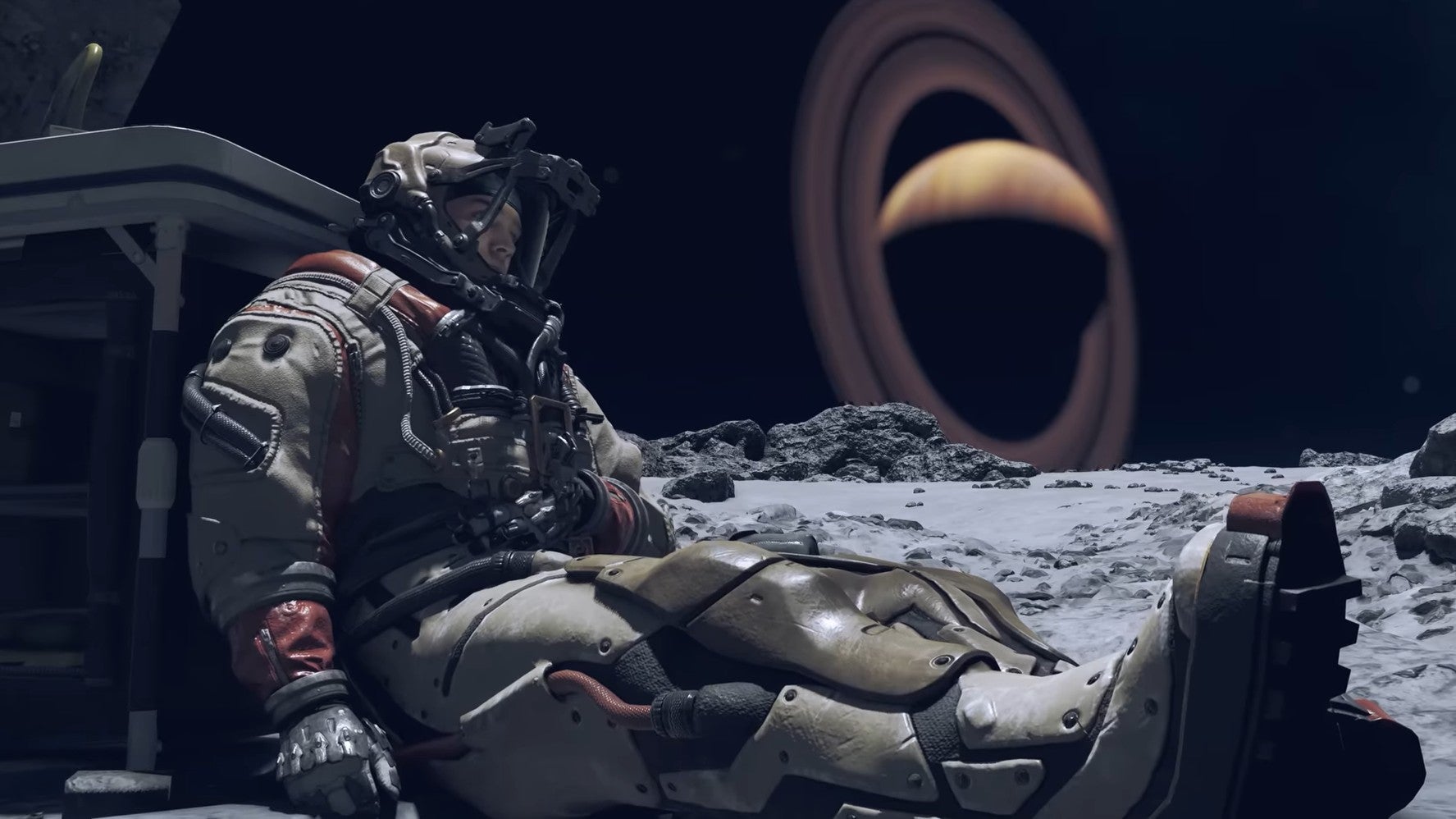Did you know you can change the direction an asteroid is travelling in by painting one side of it white and one side of it black? Or that astronauts on the International Space Station experience sunrise and sunset 16 times a day? Now that I think about it, it seems obvious, but it never crossed my mind until the European Space Agency’s Mr Emmet Fletcher enlightened me.
Fletcher is the ESA’s head of branding and partnerships. He has spent almost 30 years working on “literally hundreds” of space-related projects, including ESA’s Rosetta mission. Not only was this mission the first to rendezvous with a comet, it was also the first to follow a comet on its orbit around the Sun, and the first to deploy a lander to a comet’s surface. He is also, as it happens, rather partial to a video game or two, starting back on the BBC Micro and having since clocked up numerous hours in titles such as Juno, Kerbal Space Program and Elite Dangerous (a game he calls “stunning”).
Earlier this week, I sat down with Fletcher over Teams to talk about Starfield, and space games in general. We turned over numerous topics, ranging from how the International Space Station will be disposed of (they are going to re-enter it, so it will be burnt up in the atmosphere), all the way to James Bond and Bruce Willis. In the end though, our conversation revolved around two key points – What does entertainment media get right about space? And, more interestingly, what does it get wrong?
We started by taking a closer look at Bethesda’s Starfield timeline, which states that humans will arrive on Mars in 2050. So, in only 27 years. This, Fletcher told me, is “ambitious”, but certainly not impossible.
“It’s an interesting schedule. I mean, quite recently, some of the schedules were around that for Mars, but Mars is difficult. I mean, Mars is really tough,” he said, stating that any missions to the red planet are a different situation to the monumental race to the moon of the 1960’s.
“[That was] a ‘superpower versus superpower’ thing. They could invest huge amounts of their domestic product to do their moonshots,” Fletcher noted. “The world has changed… and a lot of the developments in the space industry today are driven on commercial, and [ESA] is still driven on the science side. I mean, that’s the heart of the agency.”
Fletcher explained that, until quite recently, he would have classed gradually getting humans on Mars as “challenging”. However, he also reflected on how far we have come with flight in general over the last century. After all, the Wright brothers’ first powered flight was in 1903, only 120 years ago. And now, we have rockets and space exploration in what is a relatively short amount of time.
